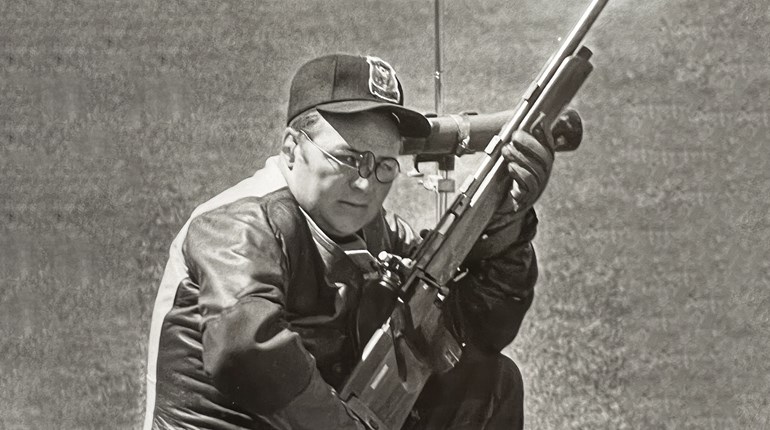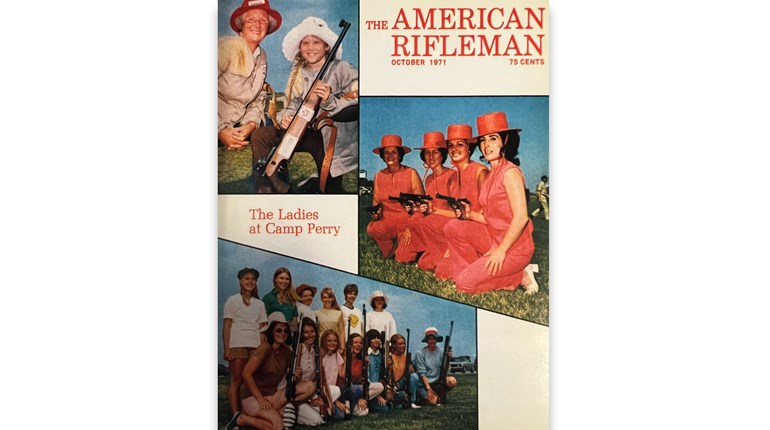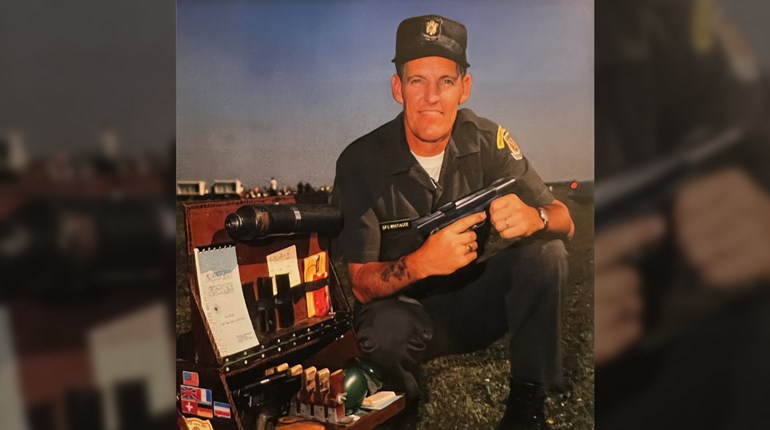
There is no better way to experience early American history—to get a true sense of those dangerous, long-ago times—than reading the personal journals written firsthand by frontiersmen, settlers and soldiers. Henry Timberlake (1730-1765), a lieutenant in the colonial army, was one of the relatively few soldiers who kept such a record. Published in 1765 and titled simply Memoirs, Timberlake’s account of living for three months with the Cherokee tribe of Native Americans remains one of the best contemporary accounts of the 18th-century Cherokee.
On November 19, 1761, as a member or Colonel Adam Stephen’s command, Timberlake was helping build Fort Robinson in modern-day Sullivan County, Tennessee. The fort was to function as a base of operation for an upcoming military campaign against the Cherokee, whose war parties had been raiding white settlements along the frontier. But with the fort not yet completed, the soldiers were more than a little concerned when they saw 400 Cherokee warriors approaching, led by Chief Kanagatucko…who wanted to parley.
Surprisingly, the Cherokee chief wanted not only to talk but surrender, which Colonel Stephen quickly agreed to with a sigh of relief. But the chief had one special request in suing for peace. Kanagatucko wanted one of the military officers to accompany the Indians back to their villages, to prove to their countrymen that hostilities between the whites and Cherokee had indeed ended. Colonel Stephen was loath to order a man on such as assignment, thinking it suicide, but Henry Timberlake stepped forward and volunteered.
“The Colonel was embarrassed at the demand,” wrote Timberlake. “He saw the necessity of some officer’s going there, yet could not command any on so dangerous a duty. I soon relieved him from his dilemma by offering my service. A love of my country would not permit its losing so great an advantage for want of resolution to become hostage to a people, who, though savage and unacquainted with the laws of war or nations, seemed now tolerably sincere…”
Upon arrival in the Cherokee country, Timberlake was ushered from village to village as an honored guest, where peace pipes were smoked, hatchets symbolically buried, and all-night dances held around roaring campfires. Timberlake described one such peace pipe he smoked as “…about three feet long, finely adorned with porcupine quills, dyed feathers, deers hair, and such like gaudy trifles.” But if he then thought the pipe ceremony was completed, he was sorely mistaken.
“After I had performed my part with this, I was almost suffocated with the pipes presented me on every hand, which I dared not to decline. They might amount to about 170 or 180; which made me so sick that I could not stir for several hours.”
Timberlake found the government of the Cherokee more advanced than he expected.
“Their government…which has neither laws or power to support it, is a mixed aristocracy and democracy, the chiefs being chose according to their merit in war, or policy at home; these lead the warriors that choose to go, for there is no laws or compulsion on those who refuse to follow, or punishment to those who forsake their chief. These chiefs, or headmen, likewise compose the assemblies of the nation, into which the war-women are admitted…many of the Indian women being as famous in war as powerful in the council.”
In addition, the women in Cherokee society planted and harvested crops, cooked meals, made clothing, and cared for both the young and the old. Much like other Eastern Woodlands Indian cultures of the 1700s, Timberlake observed that life for Cherokee warriors consisted mainly of hunting, warring and “lazing at home.” But before being too critical of the men, realize that day-to-day subsistence hunting—year round in any weather—is definitely hard work. Warfare was even harder work, more stressful, and could ultimately cost a warrior his life.
Raids between warring Indian tribes were usually hit-and-run affairs, with the Shawnees far to the north being one of the Cherokees’ most hated enemies. In March of 1762, just before Timberlake left to return to Virginia, a war party returned to the Cherokee towns with four Shawnee scalps tied to a pole and boasting of their exploits. The celebration was somewhat subdued, however, as the war party had lost one of its own warriors in the raid. During another recent skirmish with the Shawnee, eight additional Cherokee had been either captured or killed.
When Timberlake eventually headed back east, he was escorted by Chief Ostenaco and several hundred warriors, the large entourage arriving in Williamsburg, Virginia, in early April of 1762. While there, both Timberlake and Ostenaco were invited to a dinner party at William & Mary College, where the chief was shown a picture of the current King of England, George III. Timberlake wrote:
“The chief viewed it a long time with particular attention, then turning to me said he, ‘Long have I wished to see the king my father; this is his resemblance, but I am determined to see himself. I am now near the sea, and will never depart from it until I have obtained my desires.’”
The next day, Virginia’s governor tried to dissuade Ostenaco from undertaking such a long, rigorous, seasick journey, but the chief was not to be denied. The governor then suggested that since Timberlake had spent so much time with Ostenaco, that he (Timberlake) should escort him to England. And by the way, Timberlake should do it as his own expense. Never one to shirk duty to his country, Timberlake, Ostenaco, and two other Indian leaders sailed for England in early May of 1762.
The three Cherokees were an instant sensation in London, attracting large, curious crowds from across the city. And yes, King George III even agreed to meet with them.
“They were struck with the youth, person, and grandeur of his Majesty…,” wrote Timberlake, “…finding Ostenaco preparing his pipe to smoke with his Majesty, according to the Indian custom of declaring friendship, I told him he must neither offer to shake hands or smoke with the king, as it was an honor for the greatest of our nation to kiss his hand. ‘You are right’ says he [Ostenaco] ‘for he commands over all next to the Man above, and nobody is his equal.’”
The three Cherokee leaders returned to North America in late August 1762, with Timberlake returning in March of 1763. He then repeated the trans-Atlantic journey with three more Cherokee in 1764. But this second time Timberlake had the foresight to arrange for a benefactor to underwrite the cost of the trip.
Unfortunately, the benefactor became ill and died shortly after Timberlake and the Indians arrived in London. Unable to pay the final bill for their lodging, Timberlake was arrested and tossed into jail. It is likely he wrote his famous Memoirs while in prison.





































